The Rise of AI Weapons: How Artificial Intelligence Is Changing Modern Warfare
This article explores how Artificial Intelligence is transforming modern military strategies through its use in autonomous weapons. From kamikaze drones to robotic tanks, we examine how world powers like Germany, China, and the U.S. are integrating AI into their arsenals—and the ethical dilemmas that come with this shift.
Alexander Hart
4/11/20253 min read
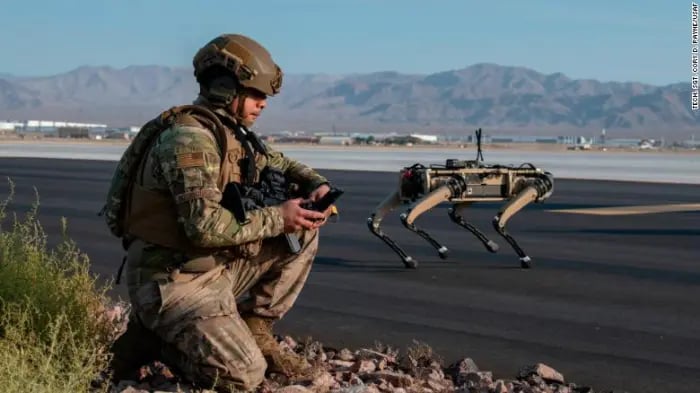

Introduction
Artificial Intelligence (AI) has become a major force in shaping the future of defense and warfare. No longer just a tool for civilian use, AI is now embedded in military strategies, guiding missiles, flying drones, and even powering tanks. But with great power comes significant responsibility and serious questions. This article offers a clear overview of how AI is being used in weaponry today, who is leading the charge, and what challenges lie ahead for global security and ethics.
Countries around the world are in a race to build more intelligent and autonomous weapons. These new systems use AI to make decisions faster and more accurately than human operators could ever manage.
Germany: AI Kamikaze Drones Ready for Combat
Germany is actively deploying kamikaze drones equipped with Artificial Intelligence. These drones can operate without GPS, coordinate with other units in swarms, and identify targets in real-time. Though the final strike decision still requires human approval, the autonomy in navigation and targeting marks a major shift. Huffington Post Spain reports that Germany has ordered over 4,000 units for military use in Ukraine.
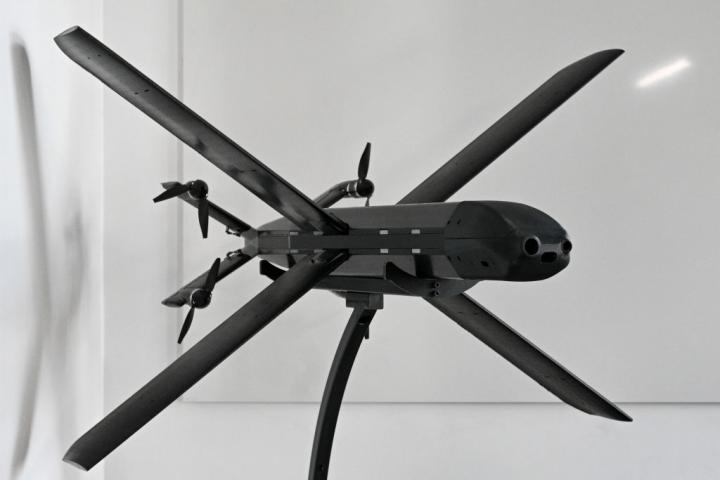

China: Blowfish A3 Combat Drone
China has developed the Blowfish A3, an AI-powered combat drone produced by Ziyan UAV. This unmanned helicopter is capable of autonomous flight, target tracking, and even launching strikes with minimal human input. It uses AI to plan attack paths, avoid obstacles, and adjust behavior mid-flight. The drone is also export-oriented, raising global concerns about the spread of autonomous weapons.
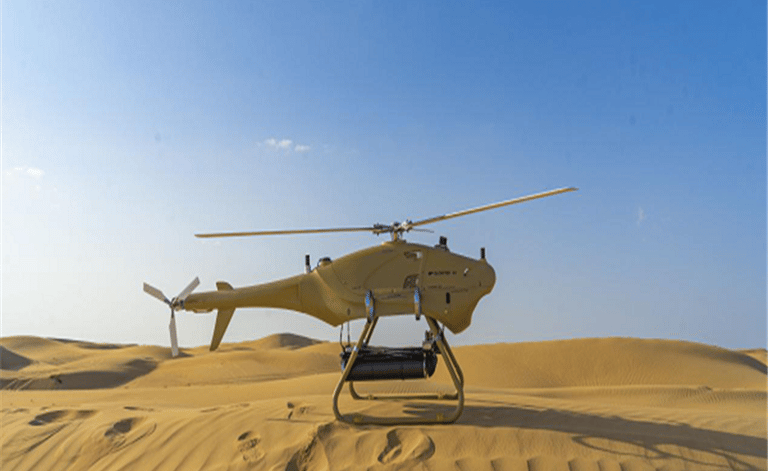

United States: Loyal Wingman – Skyborg Project
The United States is investing in the Skyborg program, which includes the Loyal Wingman concept—an AI-enabled drone that flies alongside piloted fighter jets. These drones are capable of making independent decisions about navigation and engagement, using onboard AI systems. The goal is to provide support, gather intelligence, and even conduct strikes without placing human pilots at risk.
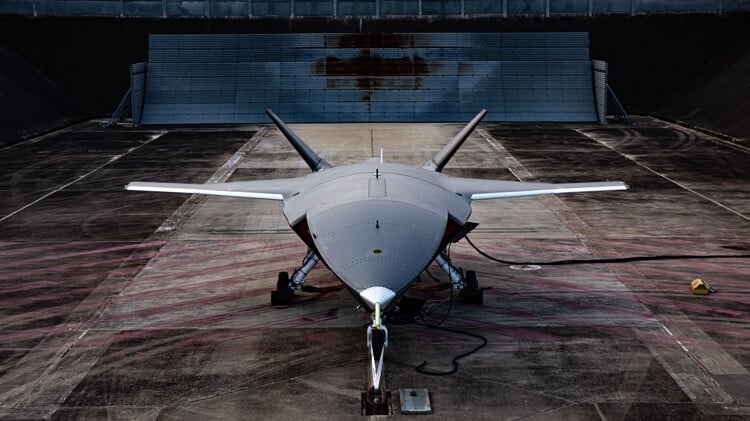

Israel: Fire Factory Targeting System
Israel has developed the Fire Factory, an advanced AI platform used by the Israeli Defense Forces (IDF) to identify and prioritize targets. During operations, it can process large datasets—like surveillance footage and signals intelligence—to generate lists of recommended strike targets in real time. The system reportedly helped IDF identify over 100 valid targets per day during past conflicts, significantly accelerating military decision-making.
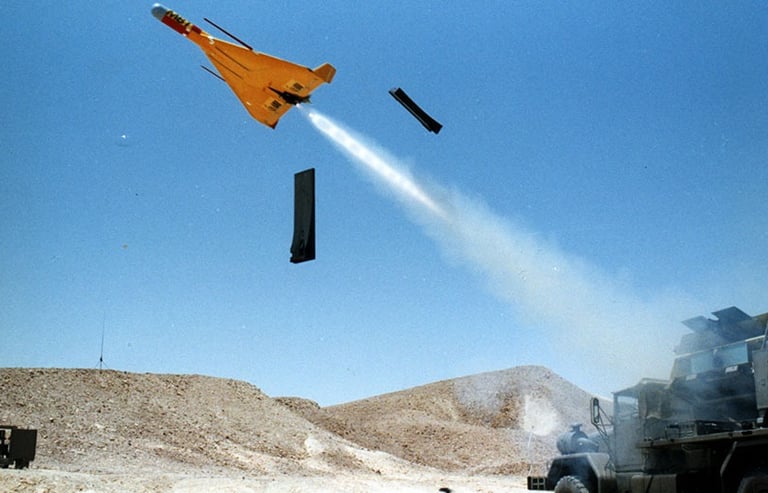

United Kingdom: SMASH SmartSight Rifle System
The British Army has adopted the SMASH SmartSight system, an AI-enhanced targeting technology mounted on rifles such as the SA80 A3. Developed by Smart Shooter, this system uses computer vision and machine learning to track fast-moving drones. It only allows the shooter to fire when the system has calculated a high-probability hit, reducing waste and maximizing accuracy.
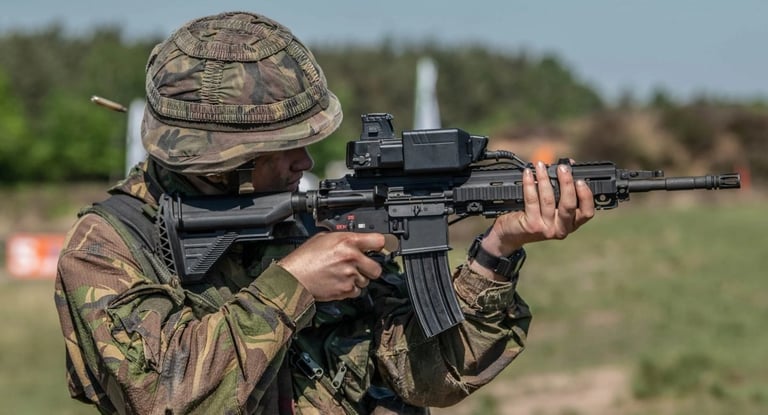

Why AI Is a Game Changer in Warfare
AI brings two main advantages to modern weapons: speed and precision. These systems can respond to threats in milliseconds, far faster than any human could. They also reduce the need for constant communication with command centers, allowing for more flexible and dynamic battlefield decisions.
A Global Concern: Ethics and Autonomy
Despite the advantages, many experts worry about removing humans from the loop. In 2024, 166 countries voted in favor of a United Nations resolution to restrict fully autonomous weapons. The concern is simple but serious: Should a machine be allowed to decide when to kill?
Conclusion: Innovation vs. Responsibility
AI is revolutionizing warfare, and the technology is here to stay. While it promises increased safety and efficiency for soldiers, it also raises difficult questions about control, accountability, and international law. As nations continue to invest in AI-driven weapons, it’s critical that ethical and legal frameworks keep pace.
Insights
Stay updated on AI news and trends today.
Learn
© 2025. All rights reserved.
